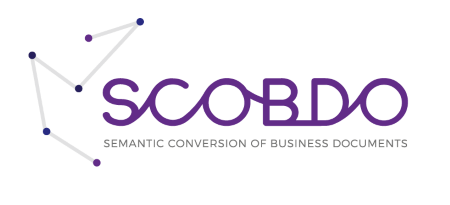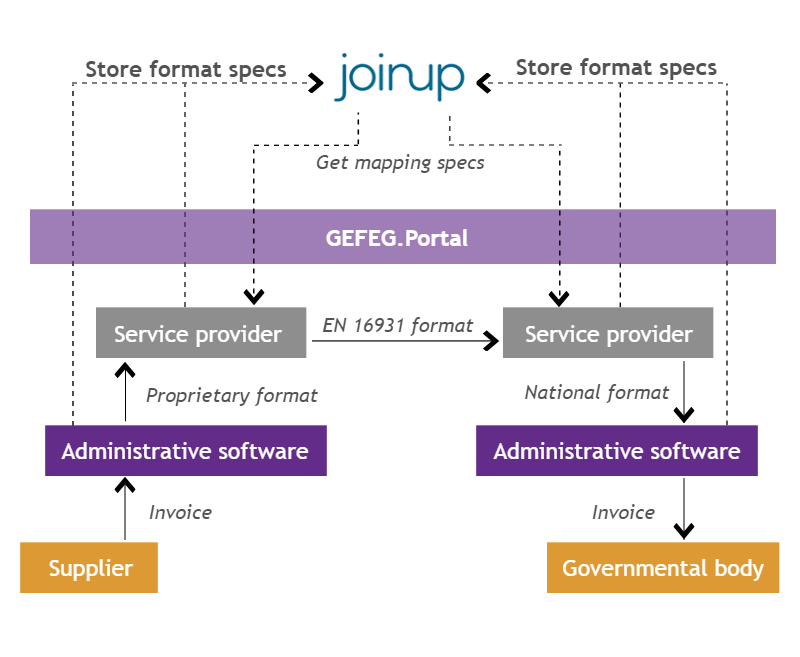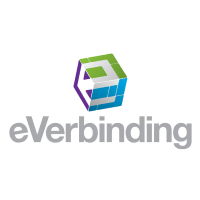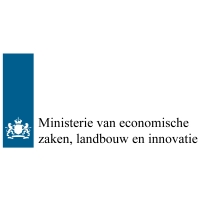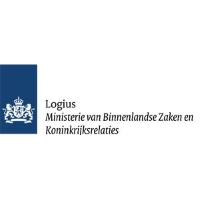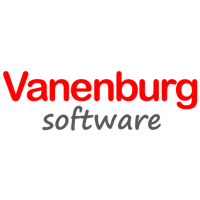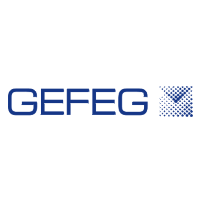The SCOBDO project
The most important bottleneck for adoption of e-invoicing is the uptake of e-invoicing interfaces by providers of standard (ERP and financial) software packages. Software providers are reluctant to produce and offer such interfaces, as standards for e-invoice formats are not stable (and there exist many of them). The same is true for users of dedicated administrative software in governmental organisations. Therefore the University of Groningen joined forces with eVerbinding, Ministry of Economic Affairs, Logius, the Municipality of Groningen, Vanenburg Software and GEFEG.mbH and started the project ‘Semantic conversion of business documents’ in short SCOBDO. SCOBDO has been selected for funding under the CEF program of the European Commission. It runs from September 2016 to December 2017.
